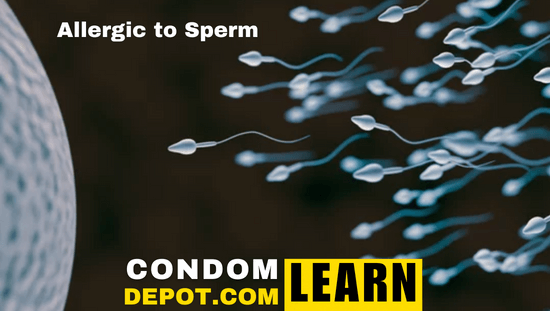Learn

Breastfeeding: Contraception and Dryness
Determining when fertility begins after a pregnancy can be a bit complicated. Can a mother who is breastfeeding become pregnant? How can post-delivery dryness be overcome? Can a mother who is breastfeeding become pregnant? And, even after this information is ascertained, how can post-delivery dryness be overcome? It's time to discover how to avoid unwanted pregnancy while breastfeeding and deal with contraception and dryness. b
Lactational Amenorrhea Method (LAM)
A few years back a close relative of mine, who has a PhD, became pregnant while breastfeeding. She was shocked, because she was under the impression that she couldn’t become pregnant while breastfeeding. While we were all ecstatic to have a new member of the family, it made me realize how many mothers rely on the unreliable Lactational Amenorrhea Method (LAM) for preventing pregnancy while breastfeeding.
The myth is that in the amenorrhea phase (the time following a delivery a baby until the time menstruation begins) it is impossible to get pregnant. This is simply not true. There are a ton of stipulations that vary from person to person if you are using LAM.
Once such rule? No breast pumps or bottle feeding. Breastfeeding can interfere with the release of the hormones needed to trigger ovulation for up to 6 months. But, the infant has to physically suckle the nipple, every single time, for LAM to prevent ovulation. This can mean providing a feeding every 2 hours-- with no back-up milk-- for months on end. Any break in this action will cause ovulation to start. This poses a serious scheduling conflict for working mothers, such as the case was for my relative.
No More NuvaRing, 6 Weeks Until The Shot
As discussed previously, hormonal birth control methods go hand and hand with a slew of side-effects. There are some forms of contraception, in particular, that are not safe options for breastfeeding mothers, like the NuvaRing, aka the ring. This birth control method contain hormones which are passed on through the mother’s breast milk, to the baby. The ring can also diminish the amount of milk you can produce and it has been known to cause jaundice in infants. Therefore, even if you have been a fan of using the ring in the past, this is an unsafe option for contraception while breastfeeding. Depo-Provera, also known as the shot, is safe for use while breastfeeding-- but new mothers must wait 6 weeks after giving birth to get the shot.
To Prevent Pregnancy, Use Condoms
Unlike the LAM and the NuvaRing, condoms are perfectly safe for breastfeeding mothers to use for protection against unwanted pregnancies. In fact, they are ideal since they are highly effective and contain no hormones. Chances are, it has been awhile since breastfeeding mothers have used a condom, or used a condom correctly- considering the fact that they were just pregnant.
To reacquaint yourself with the basics, check out How to Use a Condom for a refresher course. And, since new and improved condom designs and brands emerge all the time, take a minute to browse through the new and innovative condoms out there. There is no need to use a traditional condom anymore, unless that’s what you and your partner really like.
For instance, contoured condoms, extra headroom condoms and textured condoms have come a long way in the past year. Plus, new materials like polyisoprene LifeStyles SKYN and thinner materials like the Crown Skinless Skin condoms are now available. New brands emerge all the time too, like my brand new favorite, Caution Wear.
Increase Personal Lubricant Usage
Women who have never experienced vaginal dryness before, may be quite surprised to discover how dry they are, even while aroused, while they are breastfeeding. This can make sex more painful and less safe than it was in the past.
The dangers of dryness during breastfeeding are: women who are inexperienced with lubes may use the wrong type of lube (oil based instead of water or silicone-based) with their latex condom, they may not use enough or be aware when it is time to reapply and end up with a broken condom, since improper lubrication can also lead to condom breakage and/or they may end up with vaginal tears after dry sex which can increase the risk of bacterial infections.
I strongly advise breastfeeding women to learn more about personal lubricants, try a few out and to invest in a high quality one, like Pjur Bodyglide Lubricant or Jo Premium Silicone Lube. Not only will it decrease the risk of unwanted pregnancy and vaginal tearing, using the right lube will make sex feel so much better for both you and your partner. In fact, you may like it so much, that you continue to use it after your dryness disappears.












